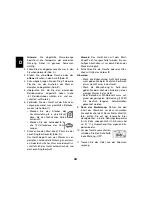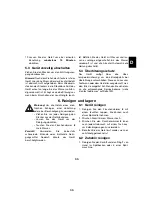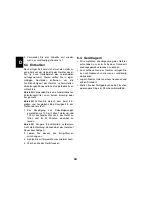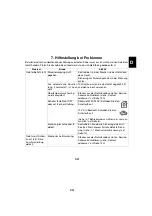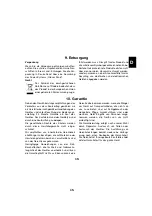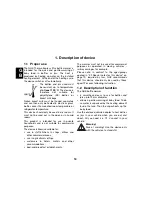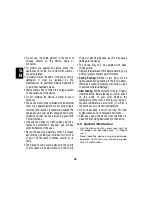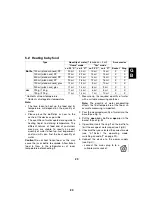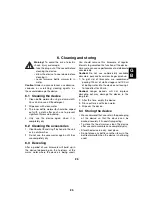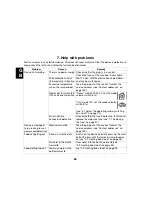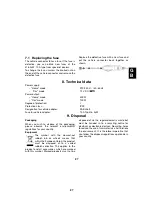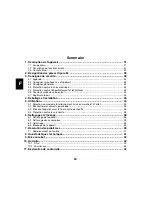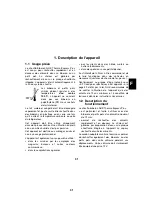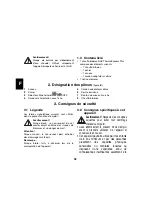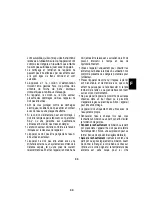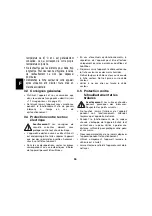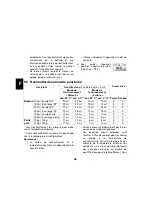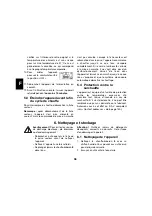
23
23
G
B
5.2 Heating baby food
* Contents at room temperature
** Contents at refrigerator temperature
Note:
• The time taken to heat up the food and its
temperature will depend on the quantity of
water.
• Please place the bottle/jar as near to the
centre of the device as possible.
• The quantities of water quoted are a guide to
heating liquid to drinking temperature. The
different natures of food and of containers
mean we are unable to specify an exact
quantity of water to heat up. Just experiment,
and you will soon find the best quantity of
water.
Caution!
Do not heat frozen food, as this may
cause the jar or bottle to explode. Allow frozen
food to thaw in the refrigerator or at room
temperature before heating it.
1. Measure up the required quantity of water
with a suitable measuring container.
Note:
The quantity of water evaporating
affects the final temperature of the food, so
accurate measuring is important.
2. Pour the measured quantity of water into the
(see Fig. A).
3. Put the
open
baby bottle or
open
jar in the
(see Fig. B)
4. If possible, insert the ring
on the bottle to
limit the escape of water vapor (see Fig.B).
5. Check wether you selected the correct mode
(see “5.1 Select the operating mode,
switching on and off“ on page 22).
6. Connect the device to the power supply
(see Fig. C):
to a
suitable mains socket.
Type
Quantity of water
(1 teaspoon ≈ 5 ml)
Accessories
"Home" mode
"Car" mode
ca. 20 °C* ca. 4 °C** ca. 20 °C* ca. 4 °C** Basket
Ring
Bottle
150 ml
(standard neck)
PP
20 ml
30 ml
10 ml
15 ml
X
X
150 ml
(wide neck)
PP
22 ml
32 ml
13 ml
15 ml
X
X
250 ml
(standard neck)
PP
22 ml
34 ml
14 ml
18 ml
X
X
300 ml
(wide neck)
PP
20 ml
28 ml
12 ml
16 ml
X
X
120 ml
(standard neck)
glas
12 ml
18 ml
9 ml
10 ml
X
X
240 ml
(wide neck)
glas
11 ml
14 ml
8 ml
9 ml
X
X
Jar
125 g / 130 g
11 ml
14 ml
6 ml
8 ml
X
X
190 g / 200 g
11 ml
14 ml
7 ml
10 ml
X
X


